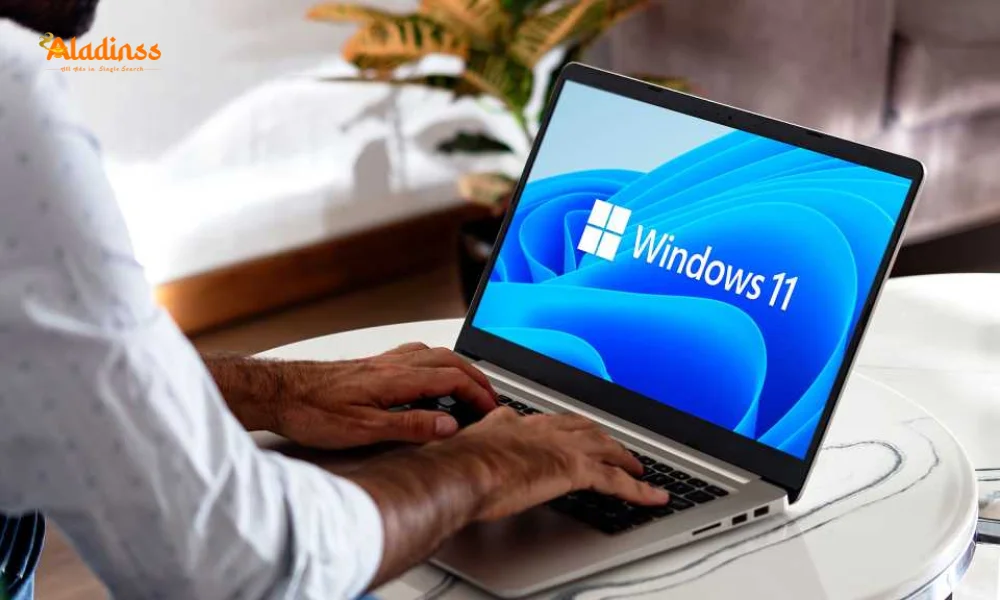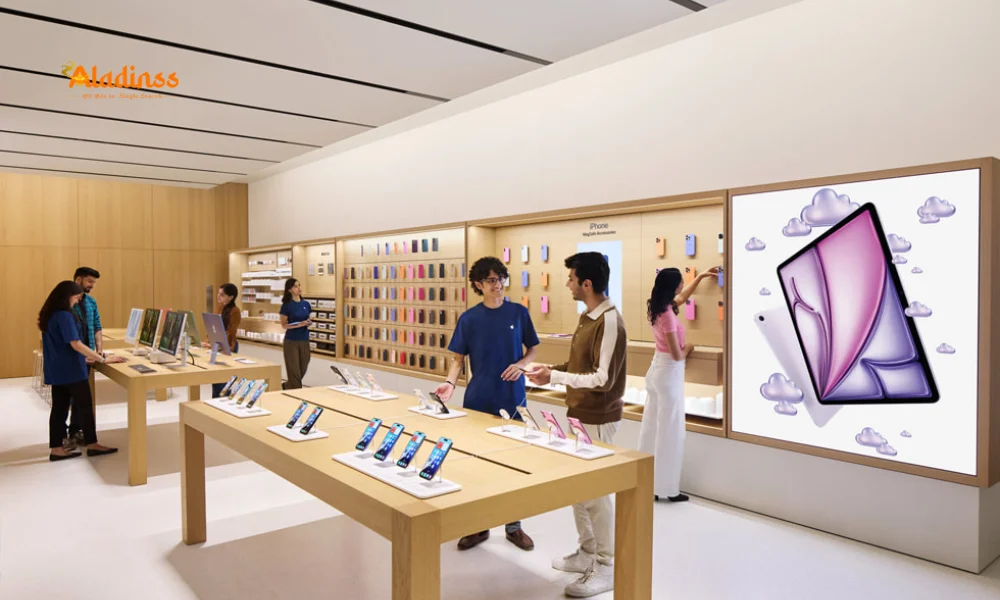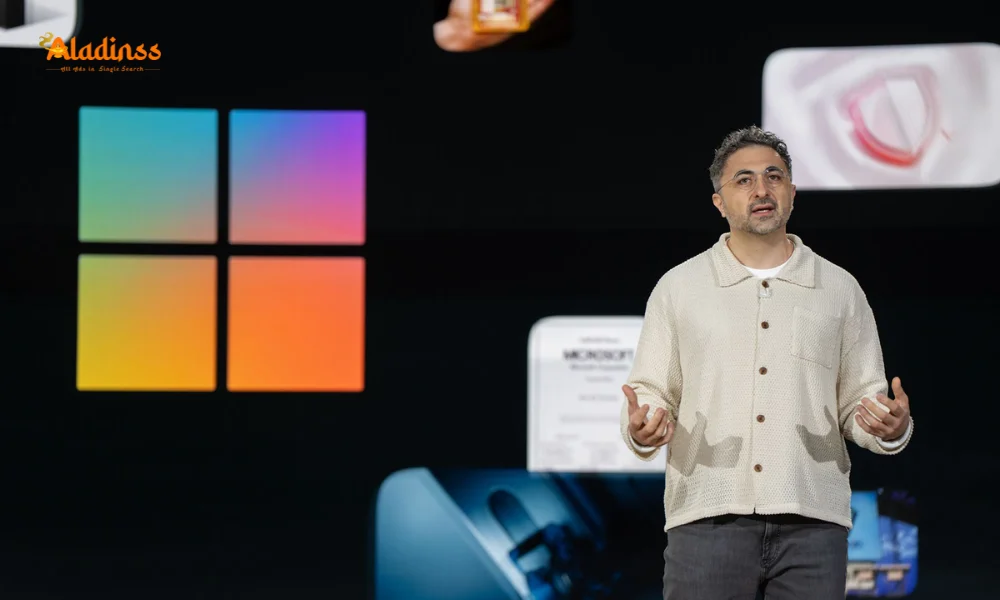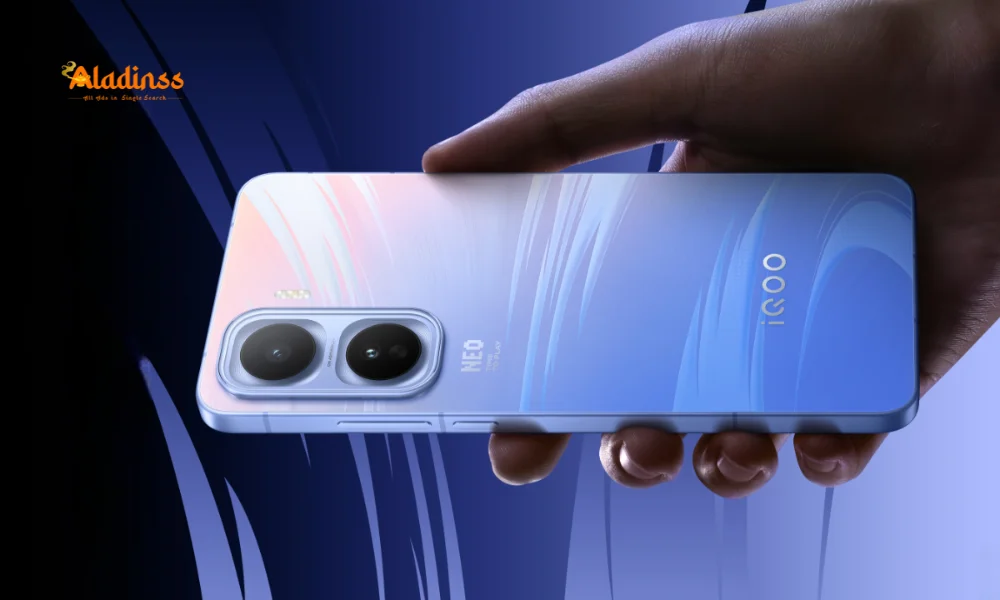Apple Unveils iPhone 18 and Foldable iPhone with Powerful 2nm A20 Chip

Apple’s iPhone 18 & Foldable iPhone to Boast 2nm A20 Chip!
Apple is set to revolutionize its smartphone lineup with the iPhone 18 series and its first foldable iPhone, both expected to be powered by cutting-edge 2nm A20 and A20 Pro chipsets, according to a Weibo tipster. Leaked details suggest the iPhone 18, slated for a 2026 launch, will feature the A20 chip, codenamed Borneo, while the iPhone 18 Pro, Pro Max, and the innovative iPhone Fold will utilize the more powerful A20 Pro, codenamed Borneo Ultra. This marks Apple’s first venture into 2nm chip technology, promising unmatched performance and efficiency.
The foldable iPhone, a highly anticipated addition, is rumored to feature a minimal-crease LTPO+ flexible OLED display, unfolding to a size comparable to an iPad Mini. Apple’s ambitious plan includes launching a new form factor annually from 2026 to 2028, signaling a bold shift in its smartphone strategy. As competitors like Samsung advance their 2nm chips, Apple’s move positions it at the forefront of mobile technology innovation in 2025 and beyond.
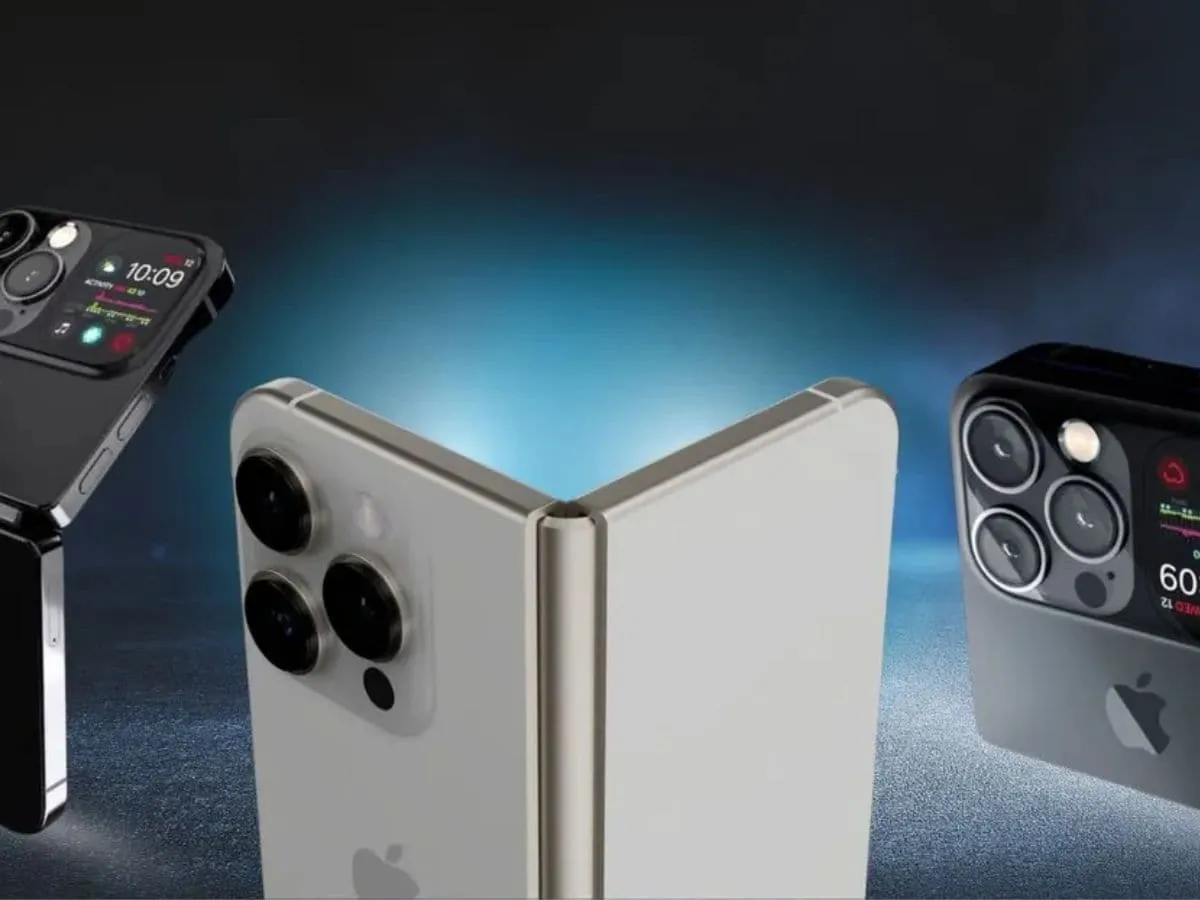
Apple’s First 2nm Chip: A20 and A20 Pro
The iPhone 18 series is poised to introduce Apple’s first 2nm chipset, a significant leap from the 3nm A19 and A19 Pro chips powering the current iPhone 17 lineup. According to a tipster on Weibo, known as Mobile Phone Chip Expert, the standard iPhone 18 will feature the A20 chip, codenamed Borneo, designed for high efficiency and performance. The iPhone 18 Pro, Pro Max, and the groundbreaking iPhone Fold are expected to incorporate the A20 Pro, codenamed Borneo Ultra, offering enhanced processing power for demanding tasks.
The 2nm process technology promises smaller transistors, higher density, and improved energy efficiency compared to the 3nm process used by TSMC for Apple’s current chips. This advancement could lead to faster performance, longer battery life, and enhanced capabilities for AI-driven features and graphics-intensive applications, setting a new benchmark for smartphone processors in 2026.
iPhone Fold: Apple’s First Foldable Smartphone
Apple’s entry into the foldable smartphone market with the iPhone Fold is generating significant buzz. The device is rumored to feature a horizontally folding LTPO+ flexible OLED display, designed to minimize creasing and offer a seamless viewing experience. When unfolded, the display is expected to match the size of an iPad Mini, providing a versatile form factor for productivity and entertainment.
Powered by the A20 Pro chip, the iPhone Fold could deliver superior performance for multitasking, gaming, and augmented reality applications. This move positions Apple to compete with foldable offerings from Samsung, Huawei, and others, leveraging its expertise in hardware and software integration to create a premium foldable experience in 2026.
Apple’s Ambitious Launch Timeline
Apple’s roadmap for 2026 to 2028 includes launching a new smartphone form factor each year, according to recent reports. The iPhone 18 series, comprising the standard iPhone 18, iPhone 18 Pro, and iPhone 18 Pro Max, is expected to debut in 2026 alongside the iPhone Fold. This aggressive strategy reflects Apple’s commitment to innovation, aiming to redefine the smartphone market with cutting-edge designs and technologies.
The introduction of a foldable iPhone marks a significant departure from Apple’s traditional slab-style smartphones. By integrating the 2nm A20 Pro chip, Apple ensures that its foldable device delivers top-tier performance, addressing the demands of a new form factor while maintaining its reputation for seamless user experiences.
Competitive Landscape: Apple vs. Rivals
Apple’s move to 2nm chipsets places it in direct competition with industry giants like Samsung, which is developing its Exynos 2600 SoC on a 2nm process. Qualcomm’s recently launched Snapdragon 8 Elite Gen 5, built on TSMC’s 3nm process, powers many flagship Android devices in 2025. Apple’s adoption of 2nm technology could give it a performance edge, particularly in power efficiency and processing speed, critical for foldable devices and high-end smartphones.
The 2nm process allows for more transistors in a smaller area, enabling faster computations and lower power consumption. This could enhance features like machine learning, 5G connectivity, and augmented reality, areas where Apple aims to maintain its leadership. As competitors race to adopt 2nm technology, Apple’s early implementation could set a new industry standard.
Technical Advantages of 2nm Technology
The transition from 3nm to 2nm chipsets represents a significant technological advancement. The smaller node size allows for higher transistor density, resulting in improved performance and energy efficiency. For the iPhone 18 series and iPhone Fold, this translates to faster app launches, smoother multitasking, and enhanced battery life, critical for power-hungry foldable displays and advanced AI features.
The A20 and A20 Pro chips are expected to leverage TSMC’s advanced manufacturing processes, ensuring reliability and scalability. These chips could also support next-generation features like improved neural engine performance for AI tasks, enhanced graphics for gaming, and optimized 5G modem efficiency, making the iPhone 18 lineup a powerhouse in 2026.
iPhone Fold: Design and Display Innovations
The iPhone Fold’s rumored LTPO+ flexible OLED display is designed to minimize creasing, a common issue in foldable smartphones. This technology, combined with a horizontal folding mechanism, allows the device to unfold into a larger display, roughly the size of an iPad Mini. This form factor offers versatility for users, enabling tablet-like functionality in a compact package.
Apple’s expertise in display calibration and software optimization is expected to ensure a seamless transition between folded and unfolded states. The iPhone Fold could introduce new software features tailored for foldable displays, such as enhanced multitasking and adaptive UI, further differentiating it from competitors like Samsung’s Galaxy Z Fold series.
Market Implications and Consumer Expectations
The launch of the iPhone 18 series and iPhone Fold in 2026 could reshape the smartphone market. Consumers are eager for Apple’s take on foldable technology, expecting premium build quality, seamless software integration, and robust performance. The inclusion of 2nm A20 and A20 Pro chips ensures that these devices will meet high expectations for speed and efficiency.
The foldable iPhone could appeal to professionals and creatives who value the versatility of a larger display, while the iPhone 18 series will cater to traditional smartphone users seeking cutting-edge performance. Apple’s annual form factor launches through 2028 signal a commitment to diversifying its portfolio, potentially capturing new market segments.
Challenges in Foldable and 2nm Technology
Developing a foldable iPhone and 2nm chipsets presents significant challenges. Foldable displays require durable materials to withstand repeated folding without compromising quality. Apple’s focus on minimal creasing suggests advanced engineering, but achieving this at scale could increase production costs, potentially leading to a higher price point for the iPhone Fold.
The 2nm manufacturing process is also complex, requiring precision to ensure yield and reliability. Apple’s partnership with TSMC, a leader in semiconductor fabrication, mitigates these risks, but any delays or defects could impact the 2026 launch timeline. Despite these challenges, Apple’s track record suggests it will deliver a polished product.
Apple’s Broader Innovation Strategy
Apple’s push into foldable smartphones and 2nm chipsets reflects a broader strategy to maintain its leadership in the tech industry. By introducing new form factors annually, Apple aims to keep consumers engaged and counter competition from Android manufacturers. The iPhone 18 series and iPhone Fold are expected to integrate seamlessly with Apple’s ecosystem, enhancing features like Apple Intelligence and iCloud.
The company’s investment in advanced chip technology also supports its ambitions in augmented reality, autonomous systems, and AI-driven services. The A20 and A20 Pro chips could power future devices like AR glasses or enhanced MacBooks, expanding Apple’s influence across multiple product categories.
What This Means for Investors and Consumers
For investors, Apple’s advancements in 2nm technology and foldable smartphones signal strong growth potential. The iPhone 18 series and iPhone Fold could drive significant sales, particularly in premium markets. Apple’s stock may benefit from renewed consumer interest and its ability to set trends in the smartphone industry.
Consumers can expect a transformative experience with the iPhone 18 and iPhone Fold, combining cutting-edge performance with innovative design. As Apple continues to push boundaries, its 2026 lineup could redefine expectations for smartphones, offering unmatched power and versatility in a competitive market.
Comment / Reply From
No comments yet. Be the first to comment!



